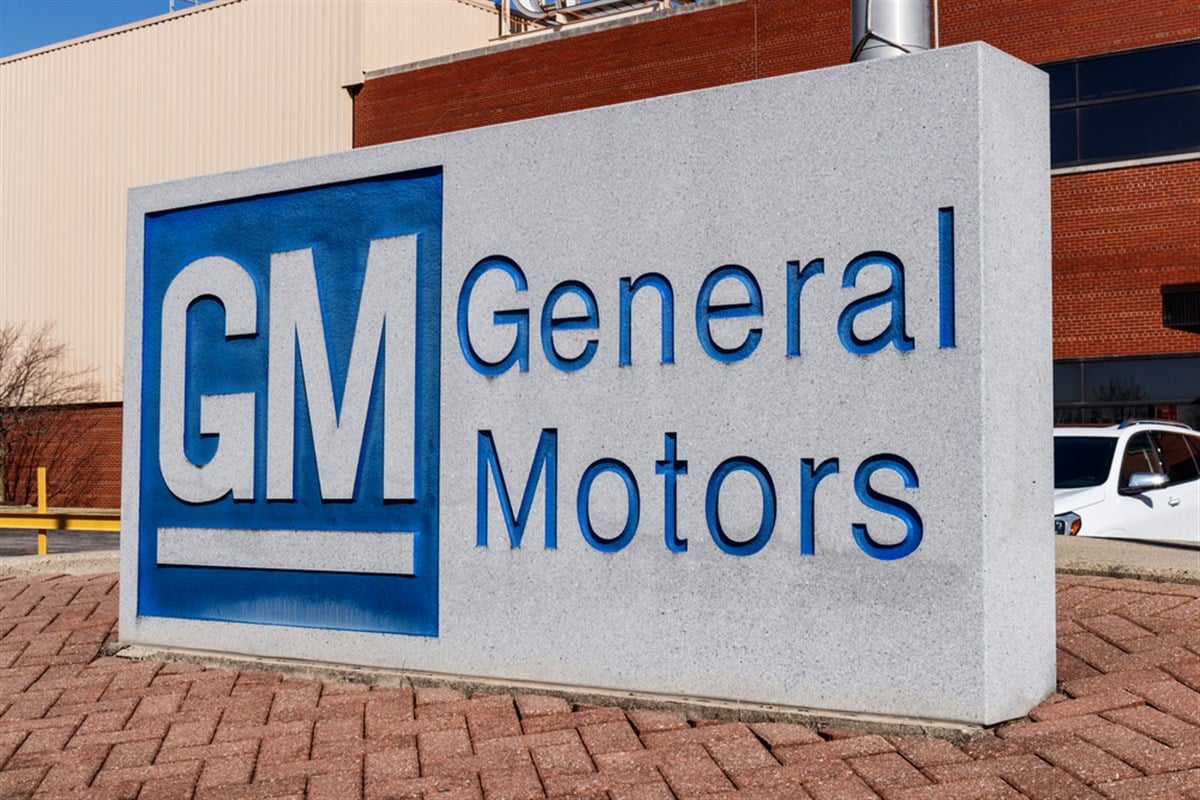

General Motors (NYSE: GM) has been a leading force in automotive innovation for over a century. Its iconic brands like Chevrolet, Cadillac, and Buick have filled the roads, and its products have been at the forefront of new technologies. GM is not content to sit back and watch as the world moves toward a future powered by electricity and guided by self-driving technology. The American giant is aggressively accelerating to take the lead, embracing the electric revolution and pushing the boundaries of autonomous driving.
GM cruises to sales success
General Motors roared into 2024 with its best U.S. sales performance in five years, defying challenges and exceeding expectations. The Detroit automaker notched a 14.1% increase in annual vehicle sales compared to 2022, exceeding industry-wide forecasts and marking a return to pre-pandemic levels. This surge was fueled by the combined strength of its diverse brands, each contributing to the overall triumph.
Buick led the charge, which saw a remarkable 61% surge in annual sales. This impressive growth signifies a successful brand revitalization strategy, with Buick attracting new customers with its stylish and technologically advanced offerings. Following closely behind was Chevrolet, the company’s mainstream powerhouse, achieving a 13.1% sales increase. This sustained momentum underscores Chevy’s ability to cater to a broad range of consumers with reliable and value-driven vehicles.
GM’s strong 2023 performance in the automotive sector extends beyond individual brands. It aligns perfectly with industry-wide expectations for a robust year, further solidifying the company’s position as a significant player in the automotive landscape. This impressive accomplishment speaks volumes about GM’s adaptability and resilience in the face of market uncertainties, including chip shortages and economic anxieties.
Analyst upgrade despite market skids
General Motors faces a complex market scenario. While broader indices are experiencing a downturn, the company received a significant boost from an analyst upgrade. Wolfe Research issued an “Outperform” rating highlighting the favorable risk-reward potential in General Motor’s stock. This positive signal served as a counterweight to the broader market pressure.
Despite the analyst’s endorsement, GM’s stock price has been volatile, reflecting the prevailing market unease. While facing near-term market headwinds, the company secured valuable analyst support, indicating longer-term upside potential. Whether this translates into sustained growth remains to be seen, but the developments suggest a dynamic and evolving situation for General Motors in the marketplace.
Analyzing the ripple effects
In the short term, the news served as a shot of adrenaline for investor sentiment. This was evident in the pre-market rebound, indicating renewed interest and potential for increased financial backing. However, it’s crucial to remember the broader market context. The prevailing economic headwinds may temper this immediate upside, creating a scenario where GM navigates an environment of both promise and uncertainty.
Beyond the immediate market fluctuations, the analyst upgrade and positive news carries more profound long-term implications. The positive sentiment regarding GM’s focus on electric vehicles and autonomous driving technologies could bolster the company’s position as a frontrunner in this burgeoning market. Such developments would solidify GM’s market share and enhance its competitive edge in the race to define the future of mobility.
A cautious optimism
While the analyst upgrade undoubtedly paints a brighter picture of GM’s future, it’s essential to approach the road ahead with cautious optimism. Challenges remain, from the intensifying competition in the EV space to the need for robust charging infrastructure and the continuous refinement of autonomous driving technology. Overcoming these hurdles will require strategic agility, a commitment to sustainability, and attracting and retaining the best minds in the field.
Regulatory crossroads
Navigating the maze of government regulations is a challenging feat. Stringent emission standards and complex self-driving technology certification processes could significantly delay GM’s progress. However, this also presents an opportunity. By investing in lobbying efforts and collaborating with policymakers, GM can play a key role in shaping future regulations that favor innovation and accelerate the adoption of clean transportation technologies.
Supply chain snarls
Chip shortages and logistical snarls still haunt the automotive industry. Securing access to critical materials and building a resilient supply chain will be vital for GM to avoid production bottlenecks and delays. Strategic partnerships with battery manufacturers, mining companies, and logistics providers can prove invaluable. Collaborating with other leading carmakers on joint sourcing initiatives could unlock economies of scale and mitigate supply chain risks.
Winning hearts and minds
The success of GM’s electric revolution hinges on consumer adoption. Addressing range anxiety, ensuring affordability, and building trust in autonomous driving technology are critical hurdles. Here, GM can leverage its vast customer base and brand recognition to implement innovative marketing campaigns, expand charging infrastructure partnerships, and offer flexible financing options. Investing in robust education and safety initiatives surrounding autonomous driving will also foster public trust and encourage widespread adoption.
While these challenges are significant, they also present potential opportunities. Carbon credits for reducing emissions, collaborating with energy companies to build charging networks, and even exploring new revenue streams like providing autonomous driving technology to other industries are just a few possibilities. By embracing a comprehensive approach that addresses both immediate hurdles and future opportunities, GM can transform these roadblocks into stepping stones on its path to becoming a leader in the new era of mobility.
